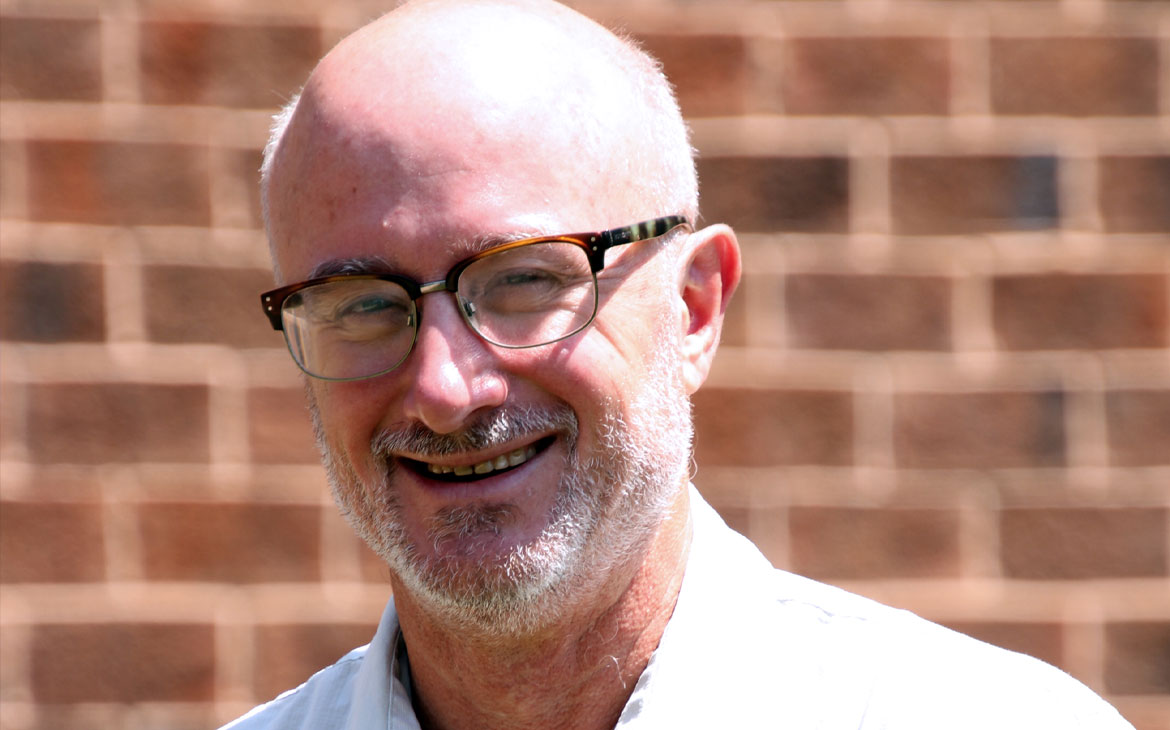Pritchard Award – Physical Oceanography Paper
This award was established to honor Dr. Donald W. Pritchard, whose insightful research on the physical dynamics of coastal systems set the stage for much of the research in physical oceanography that is being conducted today. The Pritchard Award recognizes the author(s) of the best physical oceanography paper published in Estuaries and Coasts within the two-year interval between CERF conferences.
Authors:
Robert J. Chant
Rutgers University
Christopher K. Sommerfield
University of Delaware
Stefan A. Talke
Portland State University
Paper: “Impact of channel deepening on tidal and gravitational circulation in a highly engineered estuarine basin”
Chant et al. assessed the influence of channel deepening on the estuarine exchange flow, stratification, and tidal amplitude. Estuaries worldwide have been deepened for navigation, with limited understanding of effects on water quality. Channel depth affects both barotropic and baroclinic dynamics, and ultimately water quality. They show how the estuarine response to channel deepening may not always be intuitive, and how analytical scaling and observational data can be used to test hypotheses in real systems.
The scaling of Hansen and Rattray (1965) indicates that estuarine circulation should increase with the depth cubed. However, Chant et al. note that increasing depth also increases salinity intrusion length,
thereby decreasing the along-estuary salinity gradient. In the scaling proposed by Chant et al., the decrease in salinity gradient offsets the depth increase, suggesting instead that estuarine circulation is independent of depth. Similarly, they show that the change in salinity intrusion predicts that stratification should decrease with depth rather than increasing. Using observational data, Chant et al. further show that estuary geometry can prevent landward salinity intrusion and thereby contradict their revised scaling. Their scaling offers a template to evaluate physical changes in other estuaries where the salinity gradient is less constrained by estuary geometry.
To read more about the CERF 2019 Scientific Award Recipients, click here for the original article.

